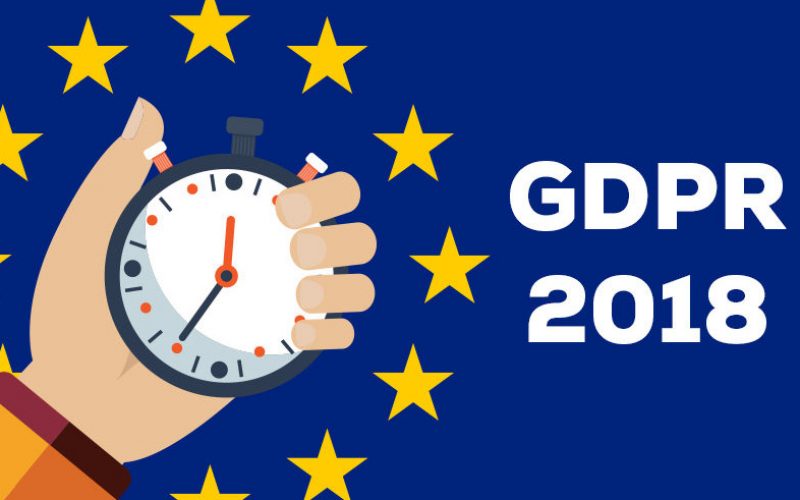
As technology becomes more widespread, data and information privacy are more important than ever before. From 25 May 2018, all EU businesses will need to follow the new GDPR privacy regulation.
Information privacy 2018: what do you need to do and how should your write your privacy policy?
According to GDPR, your privacy policy should follow some specific rules.
It’s important that it’s transparent and user centric. Forget formal legal documents. They might sound impressive, but they’ll only risk confusing people.
The more transparent and clear it is, the more likely your users or customers are to trust you. This means you should aim to communicate everything in a clear and easily understood way.
Choose simple words and short sentences. This will make your privacy policy more concise, transparent, understandable, and easily accessible.
You also need to think about the users and customers you’re writing the privacy policy for. What types of words do they use? If you write it with them in mind, then writing your privacy policy will be easier.
If you do business in another country, then you’ll need to translate your privacy policy into the languages of those countries. The translation needs to be high quality and written with the target audience in mind.
What GDPR means for websites
Companies will need to update the privacy policy on their websites so it complies with GDPR. Businesses must clearly inform users about how they will use their data. The privacy policy should also refer to GDPR General Data Protection Regulation – Regulation (EU) 2016/679.
If you have a multilingual or e-commerce website, then you must follow GDPR regulations. This means you must translate your privacy policy into all the languages of your website. If you skip this step, then you risk punishment.
Has your business implemented GDPR yet? If you need to translate your privacy policy into other languages, then get in touch with us today. You can’t afford to wait!



